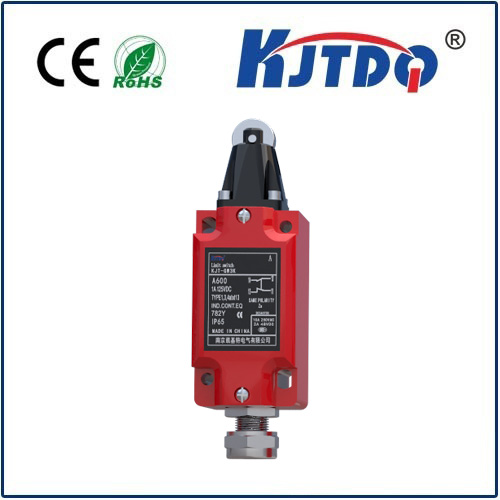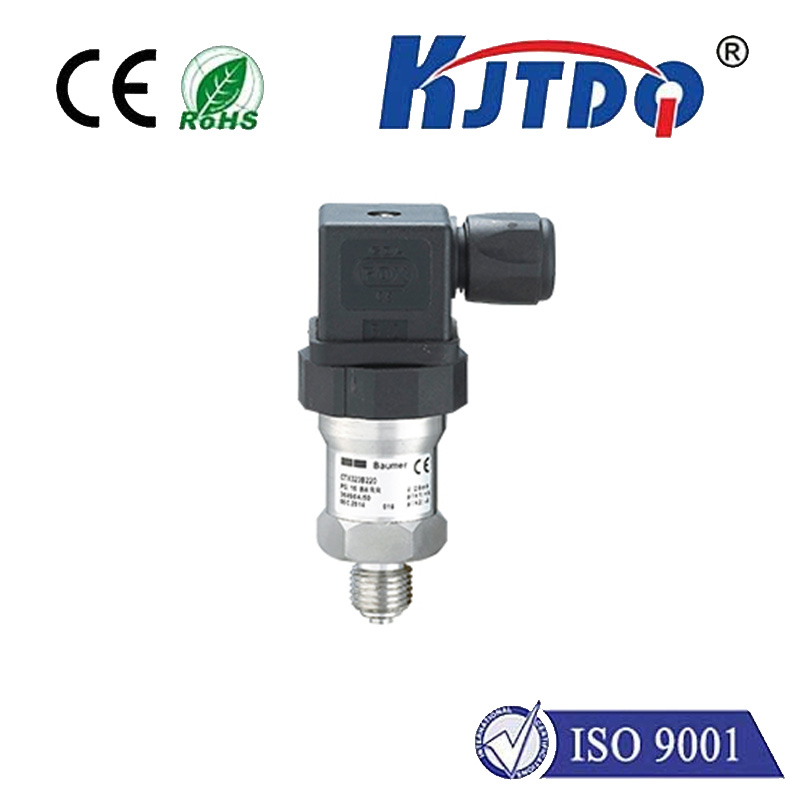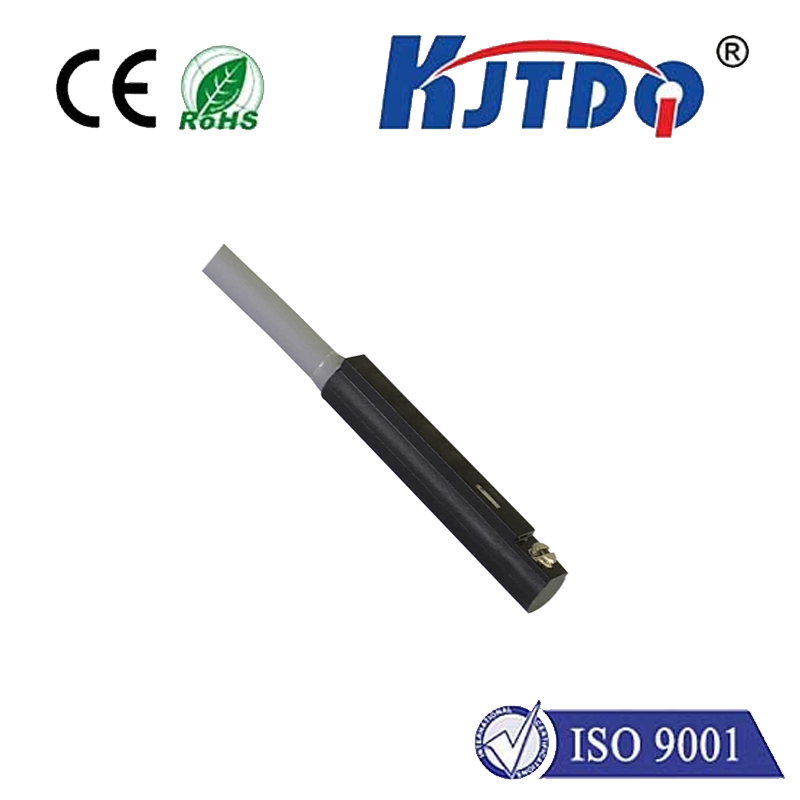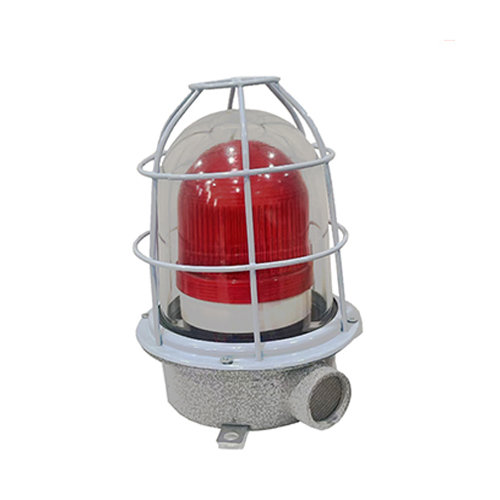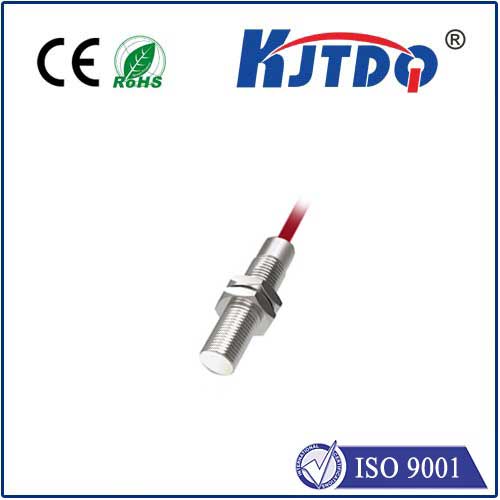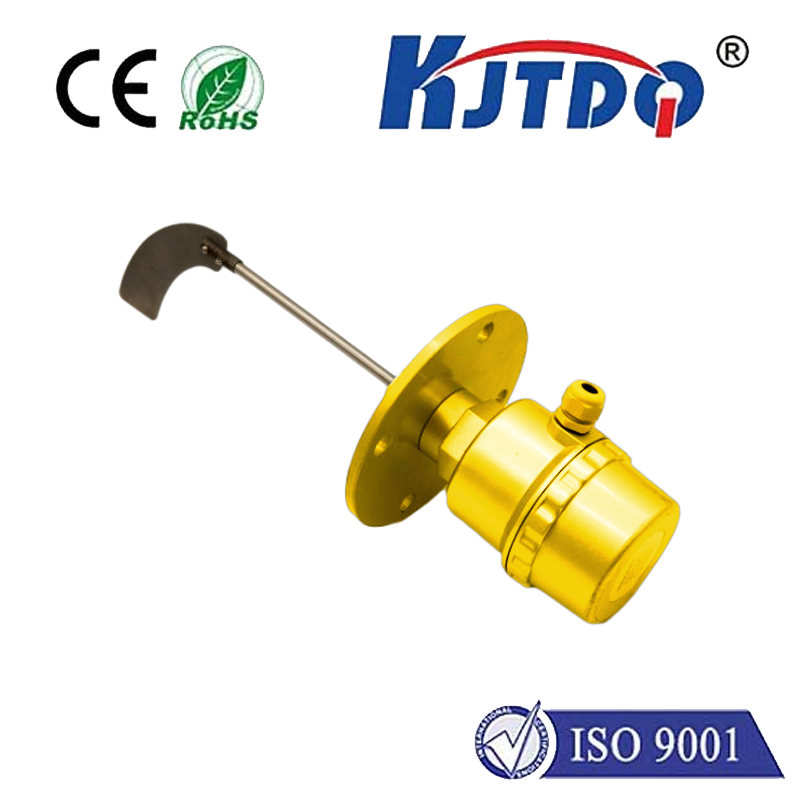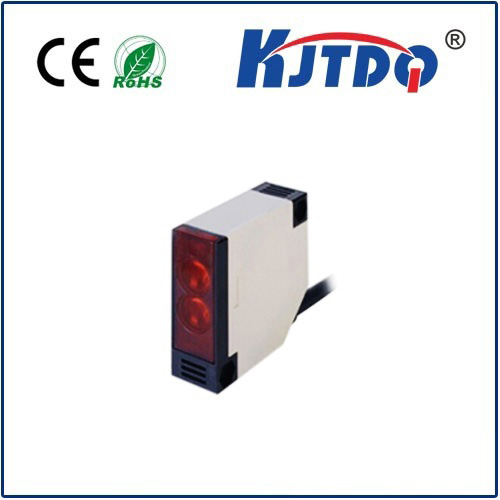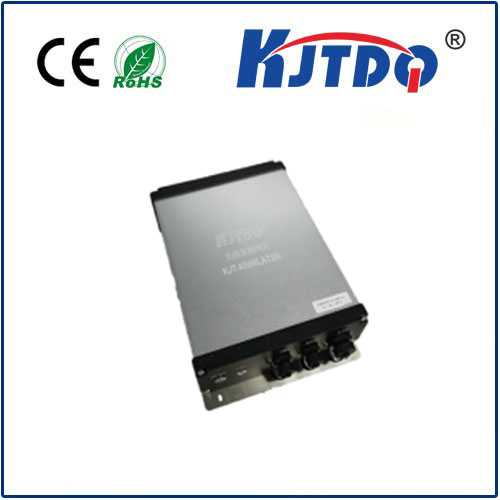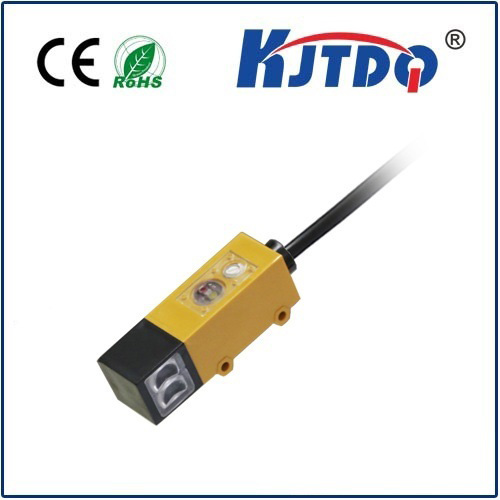omron pnp no sensor
- time:2025-07-14 15:10:19
- Click:0
Unlock Efficiency: The Power of Omron PNP NO Proximity Sensors in Industrial Automation
Have you ever considered the silent workhorses ensuring your production line runs seamlessly? In the intricate world of industrial automation, components like the Omron PNP NO proximity sensor play a pivotal, often understated role. These compact, reliable devices form the bedrock of countless position detection, object counting, and safety interlocking applications. Understanding their specific characteristics – particularly the PNP NO configuration – is essential for optimizing system performance and minimizing costly downtime. This article delves into the unique strengths and critical applications of these essential sensing components.
Demystifying PNP NO: The Core Configuration
Before exploring Omron’s specific advantages, it’s crucial to grasp what “PNP NO” signifies in a proximity sensor context:
- PNP (Sourcing Output): This defines the transistor switching type within the sensor. A PNP sensor sources current to the load. Imagine it as an electronically controlled tap connected to the positive supply rail (typically +24V DC). When the sensor detects its target, it switches ON, allowing current to flow out of its signal wire (usually black or brown) towards the connected device (like a PLC input module or relay). This device must be wired to complete the circuit back to the negative/common (0V) line.
- NO (Normally Open): This describes the default electrical state of the sensor’s output when no target is present. An NO sensor acts like an open switch in its idle state – no current flows through its output circuit. Only when a target enters its detection field does the sensor’s output switch ON (closing the switch), allowing current to flow.
Therefore, an Omron PNP NO proximity sensor provides a sourcing output (current flows from the sensor) that is active (ON) only when a target is detected. In its resting state, the output is inactive (OFF). This configuration is incredibly common in industrial settings, particularly where compatibility with modern PLC input modules designed for sourcing signals is paramount.
Why Choose Omron PNP NO Proximity Sensors?
Omron has established a formidable reputation in industrial sensing, and their PNP NO proximity sensors embody this legacy through several compelling advantages:
- Unmatched Reliability & Longevity: Omron engineers these sensors for the harsh realities of industrial environments. They typically feature robust housings (metal or high-grade PBT plastic) offering exceptional resistance to impacts, vibrations, cutting fluids, coolants, and washdown procedures. This translates directly to reduced maintenance costs and maximized operational uptime. You can trust them to perform consistently, shift after shift.
- Superior Sensing Performance: Precision matters. Omron sensors deliver consistent and accurate detection across their specified range. Features like stable sensing characteristics despite fluctuations in supply voltage or temperature variations are critical. Many models incorporate advanced oscillation circuits and noise immunity, preventing false triggers caused by electrical interference from nearby motors or welding equipment – a common headache solved.
- Wiring Simplicity & PLC Compatibility: The PNP NO design aligns perfectly with modern industrial control systems. Most Programmable Logic Controller (PLC) digital input modules are configured to accept sourcing (PNP) signals. Pairing an Omron PNP NO sensor with such a PLC input creates the simplest, most straightforward wiring scheme – typically requiring just three wires: power (+V), common (0V), and the signal output. This simplification saves valuable installation time and reduces potential wiring errors. Remember: Brown (+V), Blue (0V), Black (PNP Signal Out).
- Cost-Effectiveness Through Standardization: While Omron sensors represent a quality investment, the widespread adoption of the PNP NO standard across industries creates significant benefits. Ease of sourcing replacements, reduced training requirements for maintenance staff, and compatibility with existing control infrastructure contribute substantially to the total cost of ownership being highly competitive. Standardization streamlines your entire operation.
Essential Applications: Where Omron PNP NO Sensors Shine
The combination of robustness, accuracy, and simple integration makes these sensors indispensable across countless automation scenarios:
- Position Verification: Confirming the presence, absence, or end-position of components like cylinders (piston rod detection), slides, clamps, or workpieces on fixtures. Is the part seated correctly before machining? Has the cylinder fully retracted?
- Object Counting: Detecting products or components passing a point on a conveyor line. Each detection event increments a counter in the PLC – essential for production tracking and batching.
- Level Detection (Non-Liquid): Monitoring the presence/absence of bulk materials (like boxes, totes, or stacked parts) within bins or on platforms. Triggering refill mechanisms when levels run low.
- Speed Monitoring: Mounting near rotating shafts or gears with detection points (like teeth or slots). The sensor generates pulses proportional to rotational speed, enabling RPM monitoring or overspeed protection.
- Safety Interlocks: Ensuring machine access doors or guards are securely closed (door closed = sensor detects target) before potentially hazardous operations can commence. This is a critical safety function.
- Part Differentiation: Utilizing the sensor’s detection range to distinguish between different height materials passing by on a conveyor. Simple sorting tasks become effortless.
PNP NO vs. NPN NC: Making the Informed Choice
Understanding the difference between PNP and NPN configurations is vital. While PNP sources current, NPN (sinking) sinks current to common. Furthermore, an NC (Normally Closed) sensor has an output that is ON when no target is present and switches OFF upon detection.
The key advantage of PNP NO sensors lies in their inherent safety logic and modern compatibility. In a typical fault scenario (like a severed wire), an NO sensor defaults to an “OFF” (inactive) state. If this sensor is part of a safety circuit monitoring a guard door (where “ON” means “door closed = safe”), a wire break would cause the PLC input to read OFF, signaling an “unsafe” condition and halting the machine – the fail-safe behavior. Conversely, an NC sensor in the same role would signal “safe” if its wire broke (as its default state is ON), potentially masking a dangerous situation. Combined with the prevalent use of sourcing PLC inputs, PNP NO is overwhelmingly the recommended standard for general industrial automation tasks, offering simplicity and inherent safety benefits.
Selecting the Right Omron PNP NO Sensor
While “PNP NO” defines the core electrical behavior, several factors influence the optimal choice for your specific application:
- Sensing Distance: What gap exists between the sensor face and the target? Omron offers a vast range, from short-range shielded models ideal for tight spaces to extended-range unshielded types.
- Target Material: Standard inductive sensors detect ferrous metals (iron, steel). For non-ferrous metals (aluminum, brass, copper) or non-metallic targets, capacitive, ultrasonic, or photoelectric Omron sensors would be necessary – though they too come in PNP NO variants.
- Shielded vs. Unshielded: Shielded sensors can be flush-mounted in metal, offering protection, but have a shorter range. Unshielded units boast longer ranges but require clearance around the sensing face. Choose based on installation constraints and required detection distance.











